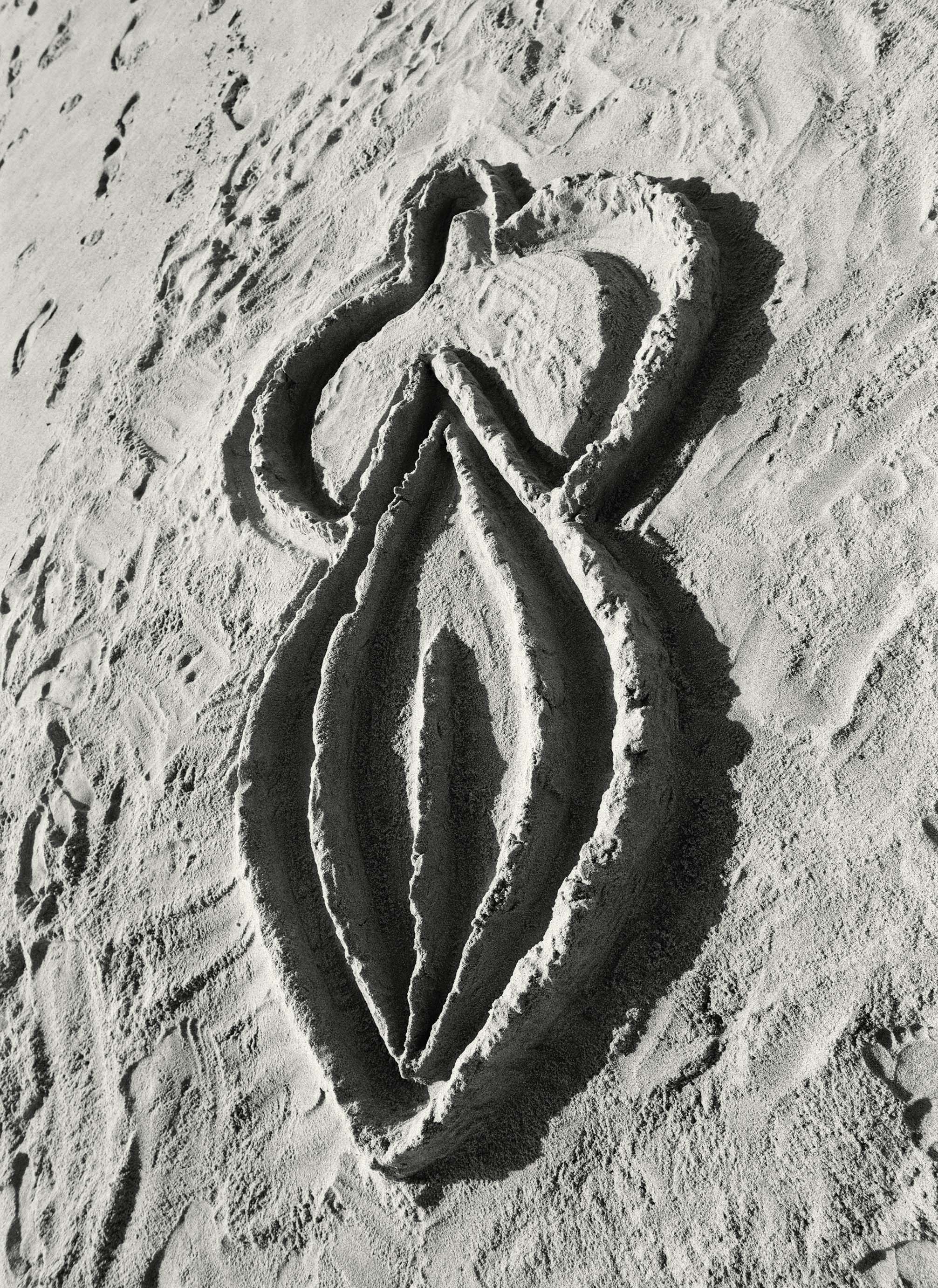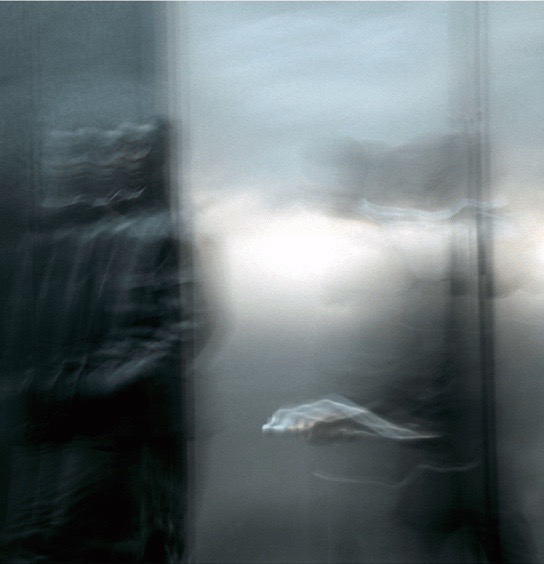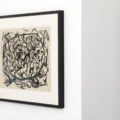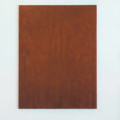AMAR KANWAR, A POETRY OF RECONCILIATION
The eclipse had started but we couldn’t see it
The crows had sensed it
Soon the darkness would cover us, but we couldn’t see it. Soon the darkness would define us, but we didn’t want to believe it. The crows have felt it, who don’t only look with their eyes. They felt it and fled, hiding in the surrounding forest. Let’s close our eyes, to finally start seeing.
Such a Morning, recent film by Indian artist Amar Kanwar currently screened at the Marian Goodman Gallery, reveals itself as a visual, sonorous and textual poem, a random and meaningful stroll through the torments of a wounded India, more generally of a traumatized era.
Without a word, we follow a renowned mathematician who, suddenly, decides to leave his university to retire to the forest, live in an abandoned wagon, melt into the darkness and get used to it before it becomes total. Like the scrolls of incense that gradually rise into space and blur the form, his thoughts wander into overconscious dreams. Deliberately, the narrative progresses to the rhythm of his mind, and gradually sketches out the object of his contemplation, without ever being adorned with a totalitarian clarity.

In a wagon the protagonist decides to withdraw. The train, the journey, the flow of life, the rails of existence. But here, no rails, only a wagon, alone, stranded in the forest. In a way, it is the place of introspection, a transition without a starting or ending point. Stop to observe, return to basics, search for clarity, outside the world.
The wagon can also refer to darker episodes in history, in Germany or more recently in India, during the deadly riots in Gujarat. Such a reference does not surprise us, Amar Kanwar having accustomed us to working as a documentary filmmaker in the dark. A Season Outside (1997), for example, is a form of meditation on violence and its multiple sources, and builds on the events that followed the score. More recently, The Lightning Testimonies (2007) depicts the sexual violence that too often accompanies conflict, and The Sovereign Forest (2011) questions political violence. But Such a Morning moves away from these schemas, focuses less on the factual than on discovering the intimate. This journey is symbolic, it is a real step back, which ultimately leads to awareness.
With consciousness in turmoil, the mathematician identifies 49 types of darkness. Then comes the time for the recommendation, and he writes letters to the President of the University, his colleagues, students and other children. How will they be received? And more importantly: how will we receive them? On the ground floor of the gallery are presented these letters, retro-projected on handmade paper, in the heart of installations of profound finesse.
The seventh is truly spectacular, breathtaking. An open letter to the public, it is spread over 49 pieces of paper, measured first as a whole, and then appreciated in the discovery of each detail. Made of ramie, cotton and banana fibres, the pieces of paper are slowly stirred as the air moves. They are loaded with various materials, covered with a more or less thick layer. Retro-projected, the light passes through them and reveals their soft roughness. We find a materiality very close to that present in the film: the succession of these squares of paper reminds us of the juxtaposition of covers intended to block the light, here the surface refers to the rust of the furniture, there, to the yellowed windows pierced by light.

The installations are a continuation, a formal proposal accompanying the reception of the film – although they are presented before it in the exhibition. We discover the letters and get lost in the beauty of paper and the soft light that escapes from its charged surface. At the end of this long journey, when we get out of the immobilized wagon, this other space that we could compare to the gallery – like it plunged into darkness – we are at peace, truly, and we draw from it the strength to set the world in motion, towards reconciliation, finally.






